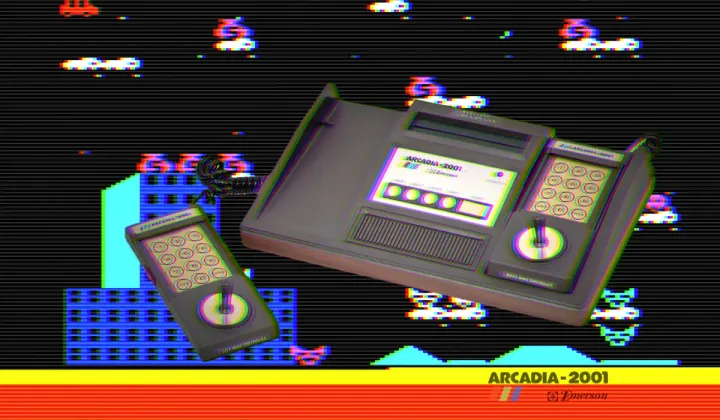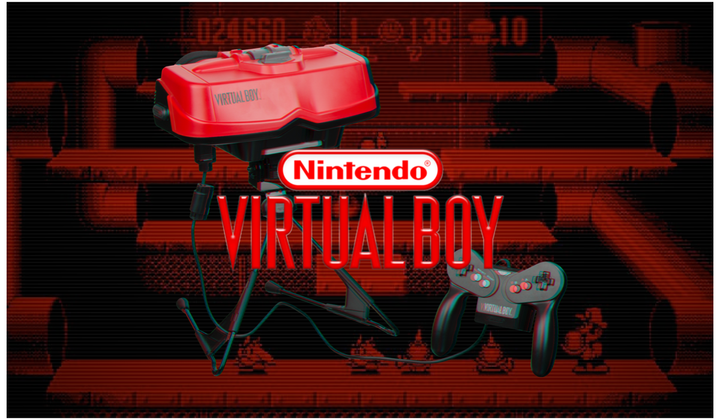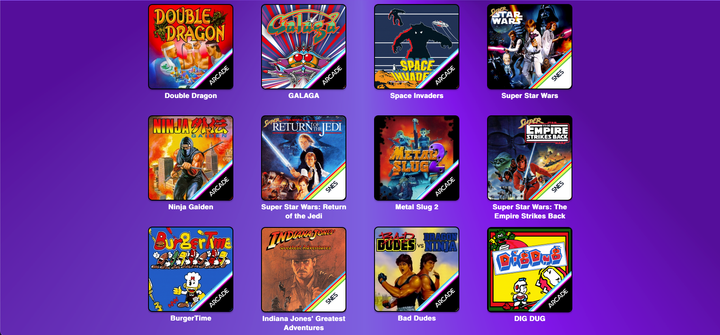E.T.'s Journey from Box Office Magic to Buried Gaming Legend
The summer of 1982 glowed with possibility. The warm air hummed with arcade sounds, and movie theaters overflowed with wide-eyed dreamers.
Among the gleaming cabinets and flickering screens, none of us could have predicted how one alien's story would reshape both cinema and gaming forever.
My old Atari sits beside me as I write this, its faux wood grain telling tales of an era when silicon dreams seemed limitless. That summer, Atari rode the crest of the gaming wave, their confidence as solid as their market dominance. When they poured $22 million into securing those precious E.T. gaming rights, it seemed like another bold step toward digital dominance. The numbers danced with promise - a blockbuster movie, a holiday shopping season approaching, and a market hungry for more electronic adventures.
The Atari 2600 hardware had become our canvas - 128 bytes of RAM, 4KB cartridge size. Today those numbers sound impossibly small, like trying to pour an ocean into a teacup. But back then, we made magic happen within those constraints. Games took months to craft, each byte carefully considered, each pixel placed with purpose.
Then came the impossible deadline - five weeks to transform Hollywood magic into digital reality. It was one man who took the call. Howard Scott Warshaw.
In the summer heat of 1982, a phone call turned Warshaw's world upside down. The voice on the other end carried an impossible request - transform the year's biggest film into digital magic. The deadline? Five weeks.
Before E.T., Warshaw stood as Atari's coding virtuoso. His masterpiece, Yars' Revenge, pushed the Atari 2600 beyond what anyone thought possible. With Raiders of the Lost Ark, he proved that movie magic could indeed flow through silicon and circuits. These weren't mere games - they were technical symphonies played on a console that most considered severely limited.
The Atari 2600's architecture demanded respect. Modern developers might scoff at 128 bytes of RAM, but in those days, every byte held infinite possibility. Warshaw knew this canvas intimately - its strengths, its weaknesses, the secret spaces between code where magic lived. He'd learned to paint with pixels, to create worlds within worlds despite the 4KB cartridge size that constrained his digital dreams.
When E.T. landed on his desk, Warshaw didn't opt for the easy path. He dreamed bigger - envisioning a game that would capture the film's emotional core. Players wouldn't just guide an alien through simple screens; they'd help a friend find his way home. Those infamous pits that frustrated so many? They represented the ambition of a developer trying to squeeze an universe of wonder into a space smaller than today's average email.
The pressure mounted as the Christmas deadline loomed. Atari's $22 million investment cast long shadows over every line of code. The marketing machine roared to life, promising digital miracles that no five-week development cycle could possibly deliver. Yet Warshaw coded on, fighting against time, against hardware limitations, against the weight of impossible expectations.
When the initial 1.5 million cartridges hit stores, hope soared briefly. But as 670,000 returns flooded back, that hope crashed like a system error. The game that began as a dream of innovation became gaming's most visible cautionary tale. Those impossible deadlines, that crushing pressure - they left marks not just on Warshaw but on an entire industry's psyche.
In Atari's warehouses, 2-3 million unsold cartridges gathered dust, each one adding weight to the mounting $536 million loss that would define 1983. The market groaned under a flood of rushed games, each one eroding consumer confidence like waves wearing away a shoreline.
The whispers began - tales of midnight convoys to Alamogordo, New Mexico. Stories of cartridges buried under desert sands, a digital graveyard that would become legend. For years, we debated whether those stories were true, until 2014's excavation revealed the truth buried in those sands - thousands of cartridges, E.T. among them, resting alongside Centipede and Pac-Man in their sandy tomb.
But this story runs deeper than buried cartridges and balance sheets. It's a tale of ambition colliding with reality, of creativity crushed by commerce, of an industry learning its hardest lessons in full public view. The marketing machine had promised the moon, building expectations no rushed development could possibly fulfill.
The crash of '83 loomed ahead, and though E.T. would become its most visible symbol, the truth painted a more complex picture. An oversaturated market, a flood of low-quality titles, the erosion of consumer trust - E.T. didn't cause these problems, but it became their most famous victim.
Yet time has a way of rewriting digital history. Today, original E.T. cartridges command impressive prices among collectors. The same game that contributed to Atari's staggering $536 million loss now sits in museums, a testament to both ambition and hubris. Each surviving copy tells a story bigger than its code - a story of creativity under fire, of dreams colliding with deadlines, of an industry learning its hardest lessons in real-time.
The great Alamogordo burial - where thousands of cartridges found their desert grave - stands as both history and metaphor. Confirmed by the 2014 excavation (It became the subject of a documentary titled "Atari: Game Over"), these buried games represent more than just unsold inventory. They mark the moment when an industry realized that passion alone couldn't overcome the laws of physics and development time.
Nintendo rose from these ashes in 1985, armed with the hard lessons written in Atari's blood. Their strict licensing practices, their emphasis on quality over speed were armor against repeating the past's mistakes, principles forged in the crucible of E.T.'s development saga.
Today, when games get delayed for additional polish, when developers push back against impossible deadlines, echoes of Warshaw's story ripple through time. Every quality assurance team, every careful management of licensed properties carries whispers of lessons learned in those five fevered weeks of 1982.
The games industry rose from 1983's ashes wiser and more cautious. But somewhere in those restored cartridges, in the preserved code, in the stories we still tell, lives the spark of Warshaw's original dream - the belief that even within the strictest limitations, digital magic remains possible. It just needs what E.T. never got: time to find its way home.



